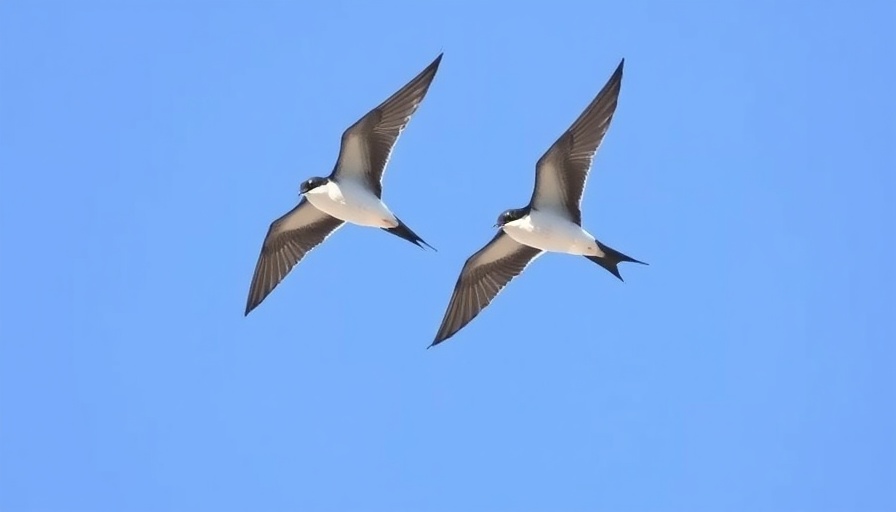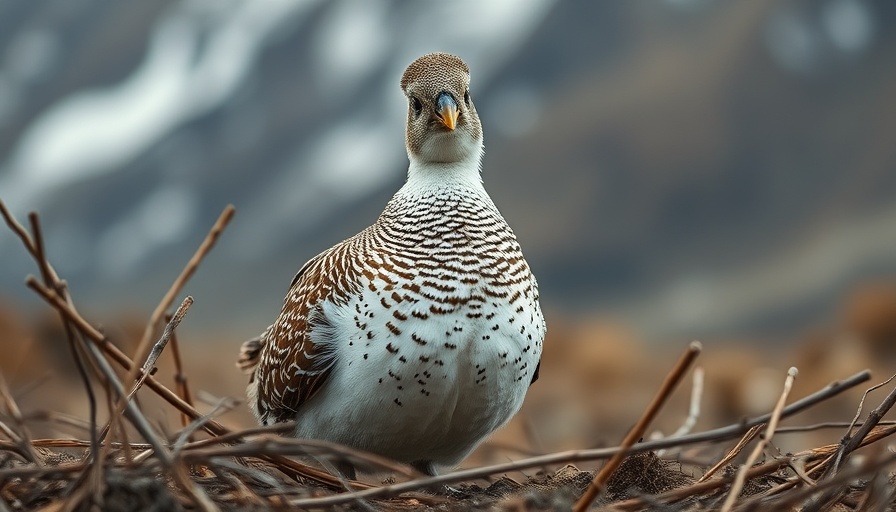
Love Takes to the Skies: The Courtship of White-throated Swifts
As Valentine's Day approaches, it’s fitting to highlight a remarkable courtship display that some might call the height of romance in the avian world. For the White-throated Swifts, love is truly in the air, quite literally. These small, agile birds, typically found soaring high in the canyons of the American West, engage in an exhilarating courtship ritual that underscores their bond.
The Spectacle of the Courtship Fall
When two White-throated Swifts decide to take their relationship to the next level, they meet high above the earth and perform what is known as a courtship fall. This spellbinding event commences with the two swifts clinging to each other as they tumble down from heights exceeding 500 feet. They soar through the air, bound together in an embrace that is as daring as it is breathtaking.
Just moments before crashing into the ground, they release each other and ascend back up the canyon wall, showcasing their acrobatic prowess. Observers speculate that this fascinating descent may even lead to mating, solidifying their partnership for the upcoming nesting season.
Connecting with Nature
This stunning display is not just a testament to the unique behaviors of swifts but also serves as a reminder of the beauty of nature's courtship rituals. Springtime visitors to Western canyons may catch a glimpse of this aerial ballet, a beautiful display of love that resonates deeply with those who are fortunate enough to witness it.
As you plan your spring appointments with nature, keep an eye on the skies—you might just see a pair of White-throated Swifts literally falling in love.
 Add Row
Add Row  Add
Add 




Write A Comment